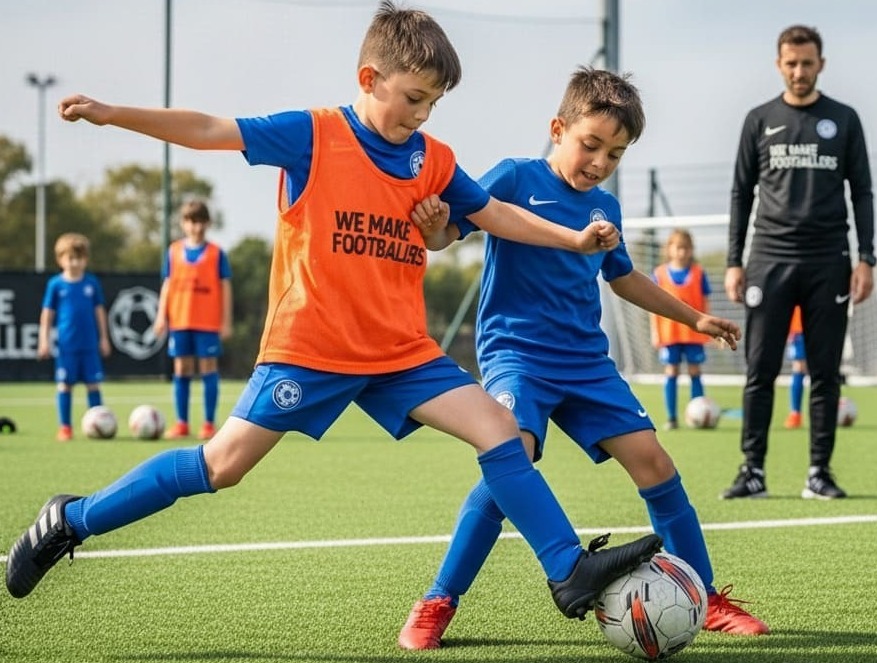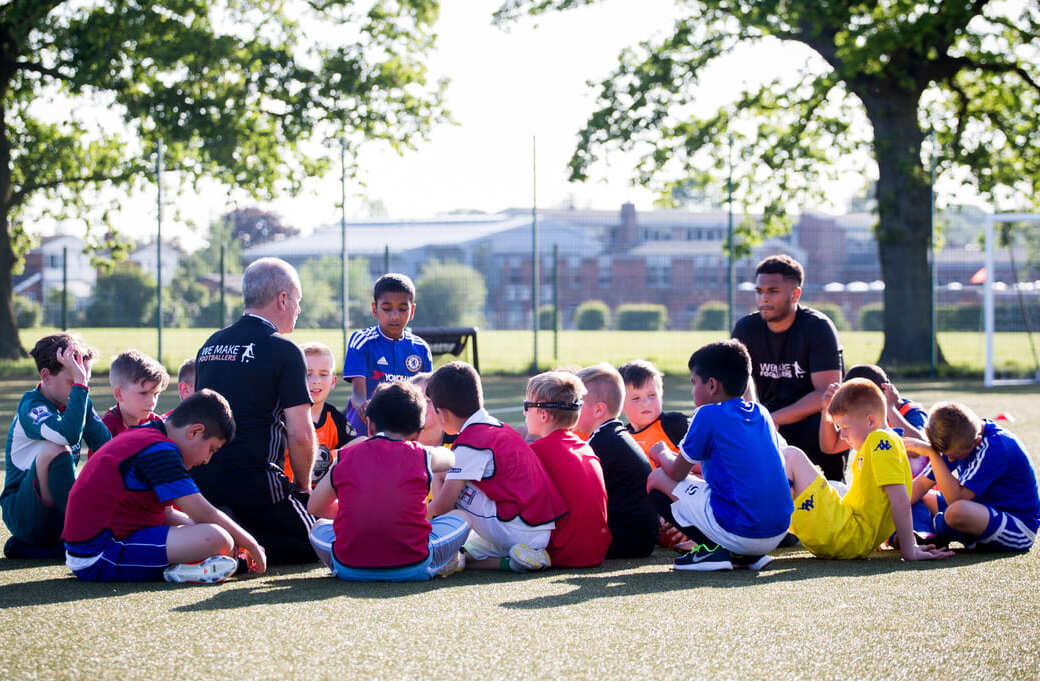Football Passing Drills: Improve Skills with Structured Practice
Using effective drills for football can change the way a team performs on the pitch. When players master simple passing and moving drills football, they learn to keep possession and move the ball quickly down the field. Correct and precise passing of the ball ensures the correct course of the game. And only it can lead to victory. In this article, we will talk about all the nuances and variants of passing the ball, consider from different angles the methods of their implementation. Each drill comes with clear instructions and easy setups so that you get the best out of every practice session. This article offers practical ideas to boost your passing game.
Drill 1: Pass and Move
How It Works:
In the Pass and Move drill, players work in pairs. After passing the ball to each other, two players go to a different place. Everything must be vibrant and as organic as possible.
Purpose:
This exercise shows that space is very important in the game and that passing the ball is not just to give it away, but also to keep the game going.
Two skills are improved at the same time - quick running and accurate passing.
|
Setup |
Instructions |
Variations |
|
|
|
Drill 2: Triangle Passing
How It Works:
This is one of the most popular and simple football drills. This drill uses groups of three. Arrange players in a triangle, with each player at one corner. One player starts with the ball and passes to a teammate, then moves to the spot of the receiver. The ball then flows to the third player, and the cycle continues.
Purpose:
Triangle Passing helps players understand quick, short passing in tight spaces. It teaches them to move quickly to fill gaps and keep the ball moving. The drill builds teamwork and sharp passing skills in small spaces.
|
Setup |
Instructions |
Variations |
|
|
|
Drill 3: One-Two Passing Combination
How It Works:
In this drill, two players form a pair and work on a fast back-and-forth passing move. One player passes the ball toward the partner and immediately runs forward to receive a return pass—this forms the classic one-two action seen in many games.
Purpose:
This drill helps players get used to quick, supporting runs after a pass. When players learn to give and receive passes in a rapid sequence, they build confidence and vision for game situations. It helps make link-ups more effective in matches.
|
Setup |
Instructions |
Variations |
|
|
|
Drill 4: Square Passing Drill
How It Works:
This drill brings four players together. They form a square and work with two balls at the same time. The drill focuses on passing, receiving, and turning quickly. Players pass the ball soon after touching it, then immediately move to a new spot.
Purpose:
The Square Passing Drill builds accuracy and quick decision-making. The small space forces players to pass precisely and stay alert. It is ideal for building the technique needed in match play where space is limited.
|
Setup |
Instructions |
Variations |
|
|
|
Drill 5: Passing Gates
How It Works:
Passing Gates uses pairs of players and small “gates” formed by cones. The aim is for one player to pass the ball accurately through the gate to their partner. Then the partner collects the ball and moves to the next gate. The football training drill happens over several gates arranged in a line or a random pattern.
Purpose:
Passing Gates focuses on precision and control. It teaches players to look for small spaces to pass through, a common situation in a match when space is very limited. This drill also builds confidence in tight passing situations.
|
Setup |
Instructions |
Variations |
|
|
|
Coaching Tips for Effective Passing Drills Football
To get the most out of these football training drills, follow these simple tips:
-
Start with clear, basic instructions so that players understand the goal.
-
Keep the basic football drills simple and fun. The easier version of a drill builds confidence, and then you can add challenges as skills improve.
-
Make sure to rotate players so that everyone gets plenty of touches on the ball.
-
Create a supportive environment where mistakes are treated as opportunities to learn.
-
Encourage players to communicate with each other at all times.
-
Use drills regularly to develop muscle memory and build teamwork over time.
-
Keep the pace quick, but never sacrifice accuracy for speed.
-
Use video or demonstration when necessary to show players the correct technique.
Conclusion
Structured practice with football passing drills can take your team’s game to a new level. When players learn to pass with precision and combine effective movement after the pass, they develop a fluid and confident style on the pitch. Each drill in this article—from the Pass and Move drill that teaches dynamic movement to the Triangle Passing drill that builds tight passing skills—offers a clear and practical method to improve your players’ abilities. The One-Two Passing Combination helps build quick support play, while the Square Passing Drill and Passing Gates focus on controlling the ball under pressure.
These simple pass and move football drills encourage teamwork, improve individual techniques, and help players learn to move together as one unit during game situations. They remove complexity from training sessions and replace it with fun, engaging activities that mirror the challenges seen during actual games. The aim is to keep players involved, energetic, and ready to take on defenders with sharp, smart passes.
Incorporate these drills for football into your routine and watch as your team’s passing and overall performance reshape. A well-practiced passing drill session builds a strong foundation, leading to improved decision-making, increased confidence, and a better understanding of the game’s flow.
Happy training, and may your team’s passes be quick, accurate, and full of energy on the field!



